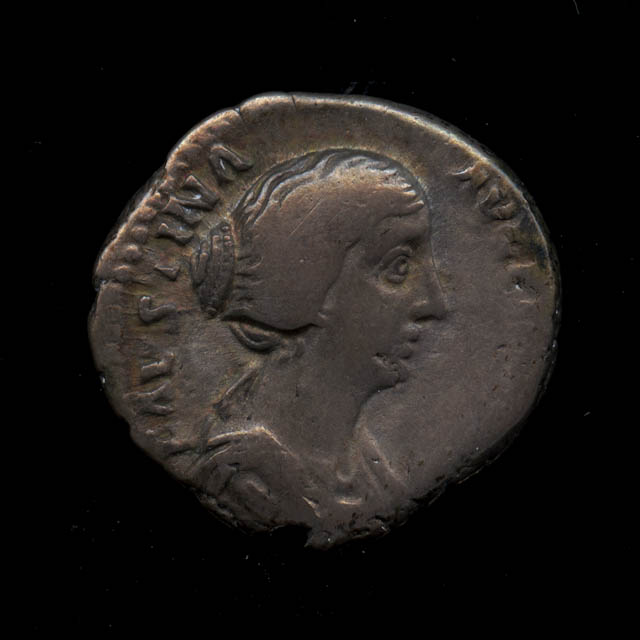Originally minted between 161 and 176 CE, the silver Denarius of Faustina the Younger is not a particularly rare coin; if anything, the banality of this type of currency emphasizes its true purpose. Exclusivity was secondary to the creation of a recognizable numismatic culture and standard for means of exchange. This object, a store of material value and a conduit for imperial authority, passed through thousands of hands, those that clipped silver scraps from the edges and wore down the precise detail of Concordia on the reverse. It was meant to be traded, measured, and scrutinized, an object of and for human interaction. Faustina herself was known to journey extensively on military campaigns with her husband, but her travels can hardly compare to the distance covered by her coinage, disseminated across thousands of miles and hundreds of cultures. The longevity of her image could not have been predicted, allowing us a unique temporal perspective into the cultural and social functions of coinage in the early centuries of the Common Era.

Comments are closed, but trackbacks and pingbacks are open.